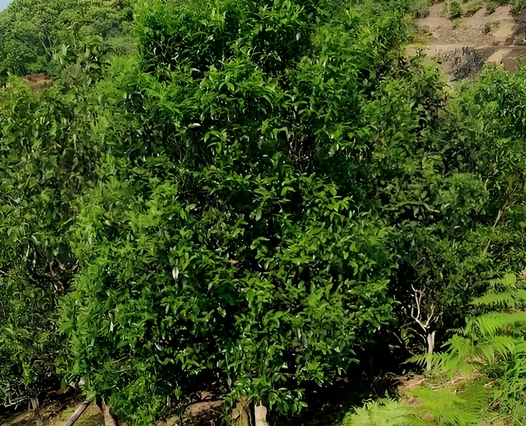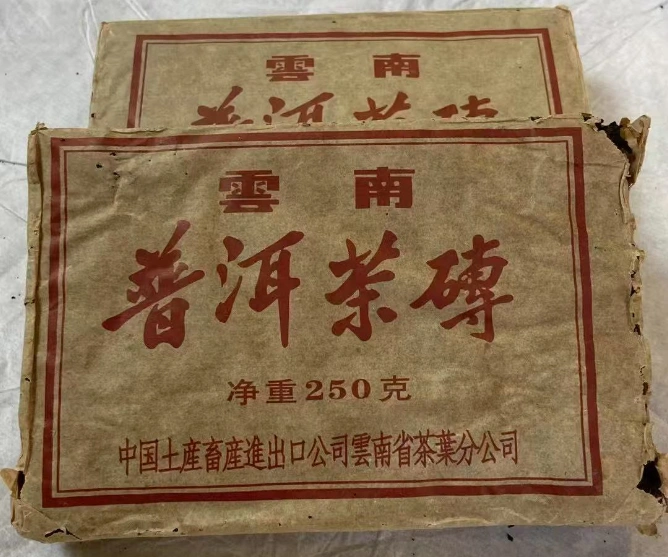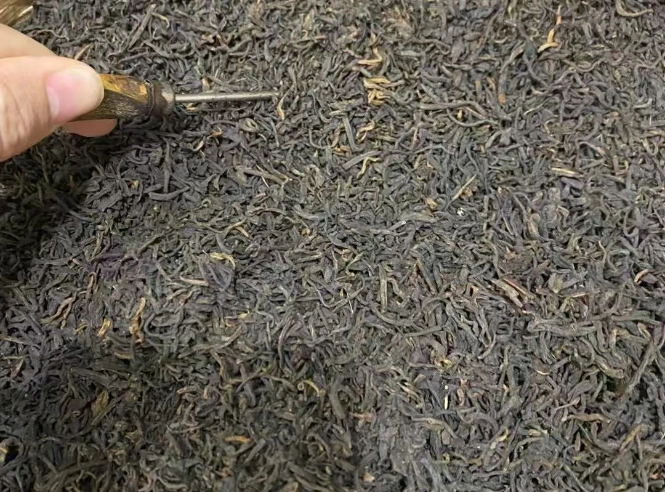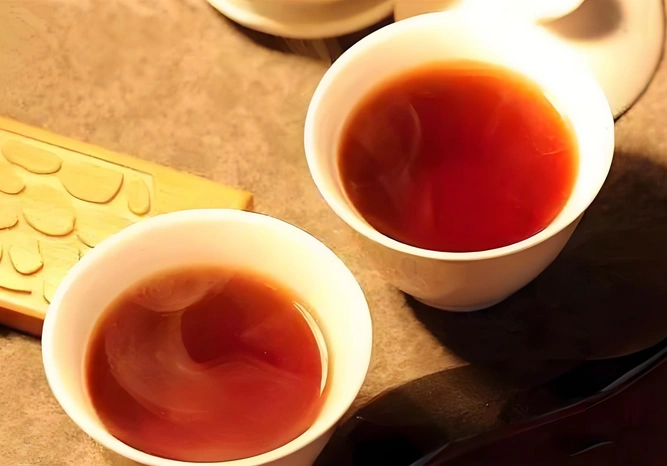Premium dark tea beckons connoisseurs and curious newcomers alike into a world of deep, layered flavors and time-honored craftsmanship. Imagine gently unfurling hand-picked leaves—each one dark and glossy—then steeping them in near-boiling water. Moments later, a warm, amber-chocolate brew swirls in your cup, its earthy aroma promising both comfort and intrigue.
With each sip, you discover whispers of mist-shrouded mountains, ancient tea-making rituals, and the slow alchemy of age. In this guide, we’ll explore why premium dark tea stands apart: its storied history and origin, essential tasting notes, brewing rituals, and insider tips on selecting, storing, and pairing these fermented treasures.

What Makes Dark Tea “Premium”?
Not all dark teas are created equal. The term premium dark tea implies:
- Hand-harvested Leaves: Only the youngest shoots or single leaves, carefully plucked to ensure tenderness and vibrant compounds.
- Artisanal Fermentation: A balanced microbial post-fermentation that develops depth without off-flavors.
- Controlled Aging: Months or years of cellar-style storage, allowing flavors to mellow and harmonize.
- Minimal Processing: Gentle drying methods that preserve subtle aromatics and maximize antioxidants.
By demanding these exacting standards, premium dark tea delivers a sensory experience far beyond mass-market blends.
History and Origin of Dark Tea
Dark tea history and origin trace back to China’s Song Dynasty (~960–1279 CE), when tea bricks traveled along ancient trade routes to Tibet and beyond. Over long journeys, natural moisture and ambient microbes triggered spontaneous fermentation. Regions like Yunnan, Hunan, and Guangxi perfected these processes, giving birth to iconic styles:
- Yunnan Pu-erh: Often compressed into cakes, it developed a dedicated following for its capacity to age like fine wine.
- Hunan Anhua Dark Tea: Pressed into bamboo-wrapped bricks, it gained fame for its “golden flowers” and mellow palate.
- Guangxi Liubao Tea: Known for its malt-sweet body and subtle floral notes, Liubao became a daily staple for many generations.
Each terroir and valley contributed unique microbial communities, making Chinese dark tea as varied as any fine wine region.

Key Characteristics of Premium Dark Tea
Appearance & Leaf Quality
Premium dark teas present intact leaves—often whole or in large fragments—showing a glossy sheen. Well-aged samples gain olive to mahogany highlights. Avoid teas crushed to dust; these lack the structural integrity for nuanced infusions.
Aroma & Flavor Profile
An exemplary premium dark tea greets you with a multi-layered bouquet: damp forest floor, sun-warmed wood, and faint honey sweetness. On the palate, expect:
- First Sip: Smooth malt, dried fruit, or cocoa
- Mid-Taste: Earthy depth, camphor, or subtle smokiness
- Finish: Clean sweetness and lingering warmth
This complexity invites multiple infusions, each revealing fresh dimensions.
Post-Fermentation & Aging
What distinguishes aged dark tea from a fresh batch is time. Carefully monitored humidity and temperature allow slow chemical transformations:
- Polyphenols → Theabrownins: Softening astringency and enriching color.
- Formation of Beneficial Microbes: “Golden flowers” in Fu Brick tea enhance sweetness.
- Development of Umami-Rich Notes: Drawing out savory depth after months or years.
Properly aged teas may fetch premium prices, rewarded by extraordinary flavor.
Chinese Dark Tea Legends: From Yunnan to Guangxi
Yunnan’s Pu-erh Legacy
Pu-erh tea, the poster child of Chinese dark tea, divides into:
- Sheng (Raw) Pu-erh: Sun-wilted, compressed, and naturally aged; early vintages are brisk, decades-old cakes become silky and camphor-tinged.
- Shou (Ripe) Pu-erh: Introduced in the 1970s, pile fermentation accelerates aging, yielding a smooth, chocolatey cup in weeks.
Guangxi’s Liubao Heritage
Liubao tea thrives in Guangxi’s misty hills. Premium Liubao undergoes gentle fermentation and cool-storage aging, producing a sweet-malt profile with whispers of orchid. It’s often enjoyed as a daily health tonic.

Spotlight on Liubao Tea and Other Regional Gems
While Pu-erh steals headlines, Liubao tea and lesser-known provincial styles deserve attention:
- Anhua Dark Tea: Bamboo-pressed bricks reveal amber-speckled “golden flowers” and a soothing, smoky gentleness.
- Hubei’s Enshi Yulu: Though primarily green, its fermented variants blur lines, offering delicate umami.
- Sichuan’s Dark Brick Tea: Chili-tinged smoky notes and robust body reflect Sichuan’s fiery spirit.
By exploring these regional gems, you deepen appreciation for China’s vast dark tea landscape.
Aged Dark Tea vs. Fresh Dark Tea: What to Expect
When deciding between aged dark tea and a freshly fermented batch, consider:
- Aroma: Aged teas lean toward forest floor and tobacco; fresh teas may recall hay and green undertones.
- Flavor: Over time, bitterness and sharpness soften—vintage teas feel more velvety.
- Health Benefits: Some studies suggest aged teas develop increased prebiotic polysaccharides, supporting gut health.
Experiment with both: young teas invigorate, while aged teas comfort.
How to Brew Premium Dark Tea for Optimal Taste
To honor the craftsmanship in premium dark tea, follow these steps:
- Water Temperature: 95–100 °C for most dark teas; slightly cooler (~95 °C) for young Sheng Pu-erh under five years.
- Leaf-to-Water Ratio: 5–8 g per 120 ml water.
- Rinse & Awaken: Briefly flush leaves with hot water for 5–10 s, discarding rinse.
- Steeping Times:
- First infusion: 20 s–30 s
- Subsequent infusions: +15 s each
- Enjoy Multiple Infusions: Premium leaves yield 8–12 cups, each unveiling new facets.
Use a gaiwan or small clay pot to best capture aroma and layering.

🔗 To learn more about how to make tea, check out Tanbiwencha’s YouTube video explaining how to make tea.
Health Benefits of Premium Dark Tea
Beyond its sensory allure, premium dark tea offers:
- Antioxidant Power: Theabrownins combat free radicals, supporting cardiovascular health.
- Digestive Harmony: Fermentation-derived enzymes smooth digestion—dark tea digestion is especially welcome after heavy meals.
- Detox Support: Organic acids enhance liver function—echoing dark tea detox benefits.
- Metabolic Balance: Regular consumption may aid lipid metabolism, helping manage dietary fats.
While no tea is a miracle cure, integrating premium dark tea into a balanced lifestyle yields gentle wellness gains.
Pairing Premium Dark Tea with Food
Premium dark tea’s robust profile complements a range of dishes:
- Savory Fare: Stir-fried mushrooms, aged cheeses, or roasted meats harmonize with earthy notes.
- Sweet Treats: Dark chocolate, honey cake, or fruit tarts echo the tea’s inherent sweetness.
- Spicy Cuisine: Sichuan or Indian dishes find a cooling partner in a malty Pu-erh or floral Liubao infusion.
Explore pairings to discover your own perfect match.
Where to Buy Authentic Premium Dark Tea
Finding genuine premium dark tea requires:
- Reputable Vendors: Specialist tea shops or online purveyors listing origin, harvest year, and storage notes.
- Transparent Sourcing: Look for single-estate teas or well-rated producers with traceability.
- Sample Packs: Start with small quantities to assess flavor before investing in large cakes or bricks.
Beware bargain bins—true premium dark tea commands a fair price for its craftsmanship.
How to Store Your Premium Dark Tea Collection
Proper storage preserves premium dark tea quality:
- Airtight Containers: Ceramic jars or sealed tins prevent odor intrusion.
- Cool, Dry, Dark: Keep teas away from heat, moisture, and direct sunlight.
- Stable Environment: Avoid fluctuating temperatures; consistent cellar-like conditions are ideal for aged dark tea.
With care, your collection will mature gracefully, gaining complexity year after year.
Conclusion & Tasting Recommendations
Embracing premium dark tea is a journey of discovery—one that honors tradition, celebrates terroir, and rewards patience. Whether you’re drawn to the smoky warmth of aged dark tea, the honeyed ease of Liubao tea, or the storied legacy of Chinese dark tea, each cup offers a new chapter. Begin with a young Shou Pu-erh to ignite your curiosity, graduate to a decade-old vintage for contemplative sips, and explore regional rarities to broaden your palate. By brewing mindfully and tasting with intention, you’ll find that premium dark tea elevates not just your moments of repose, but your entire approach to flavor, culture, and well-being.



